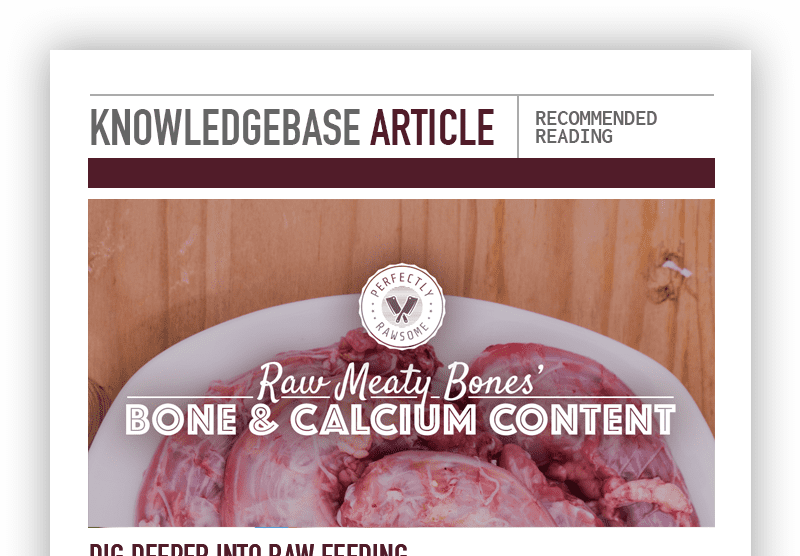Raw meaty bones are a key ingredient in raw diets for cats and kittens. Edible raw meaty bones will provide calcium, phosphorus, and other minerals that are essential for healthy development. Kittens should receive their requirements for all essential nutrients daily, including calcium and phosphorus. This can be achieved by feeding appropriate raw meaty bones in the diet.
Kittens have a higher edible bone recommendation than adult cats to ensure that the diet provides sufficient calcium and phosphorus for growth and development. There are several variables to consider when feeding a kitten a homemade diet. It is important to ensure that there are adequate amounts of essential nutrients to support optimal growth.
Edible Bone Average
It is recommended to include approximately 6% edible bone in raw diets for adult cats and 17% edible bone for kittens.
Size & Age Considerations
Very young or small cats and kittens may struggle to crush and consume certain raw meaty bones.
Calcium Content of Meaty Bones
The calcium content of different raw meaty bones will vary. Not all raw meaty bones will provide the necessary calcium without overdoing calories.
Ground Raw Meaty Bones Are Acceptable
Ground bones are a suitable replacement for feeding whole bones, especially for very young kittens. Some cats may refuse to eat whole raw meaty bones and an alternative will be required.
Supplement Alternatives
Bone meal powder is a suitable calcium and phosphorus supplement for kittens if meaty bones are not fed. Either bone meal or a calcium-only supplement can be used for adult cats.
These variables are important to consider when formulating a balanced homemade diet for cats and kittens. The amount of edible bone decreases once a kitten reaches adulthood. Supplements that provide only calcium can be used instead of bone meal for adult cats because physical development is complete.
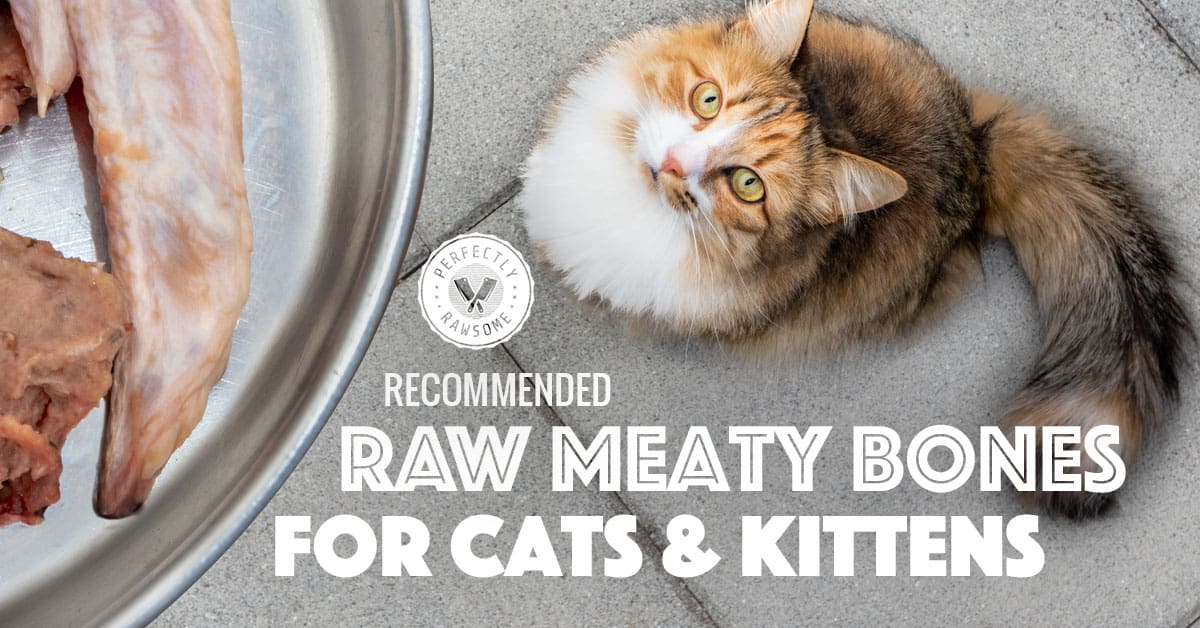
Edible Bone Average
Kittens have a higher calcium and phosphorus requirement than adult cats. Therefore, the kitten PMR ratios have a higher edible bone percentage. The raw edible bone ratio guideline for kittens starts at 17% of the overall daily intake. The guideline for adult cats is 6% edible bone.
It is important to note that this ratio refers to the amount of bone alone, and does not include the meat on the bone. Since various raw meaty bones will differ in their bone content, some calculations will be required to know how much of each raw meaty bone to feed.
The amount of raw meaty bones a cat or kitten may need to maintain firm and consistent stool will vary. The edible bone ratios are a starting guideline. Many kittens do well on 15% to 20% raw edible bone content. Always adjust according to the cat or kitten’s individual needs.
Raw Meaty Bone Feeding Amount Calculator
Size & Age Considerations
In order to gain essential calcium and phosphorus from raw meaty bones a kitten must be able to fully and safely consume the item. Edible raw meaty bones for kittens should be chosen based on the size and age of the kitten. Very young or small kittens may struggle to crush and consume raw meaty bones while jaw strength develops. Meaty bones that are larger and more dense can be fed once all kitten teeth have been replaced with adult teeth.

Chicken/Duck Wing Tips
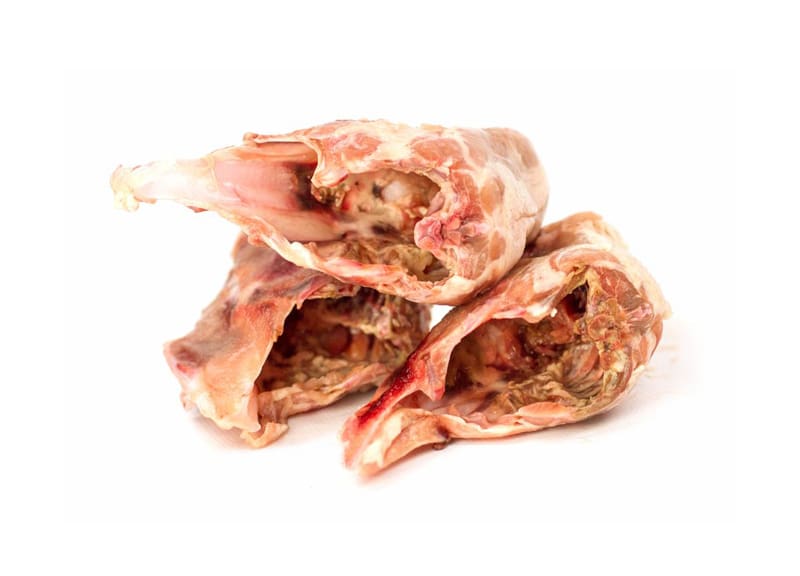
Chicken/Duck Ribcages
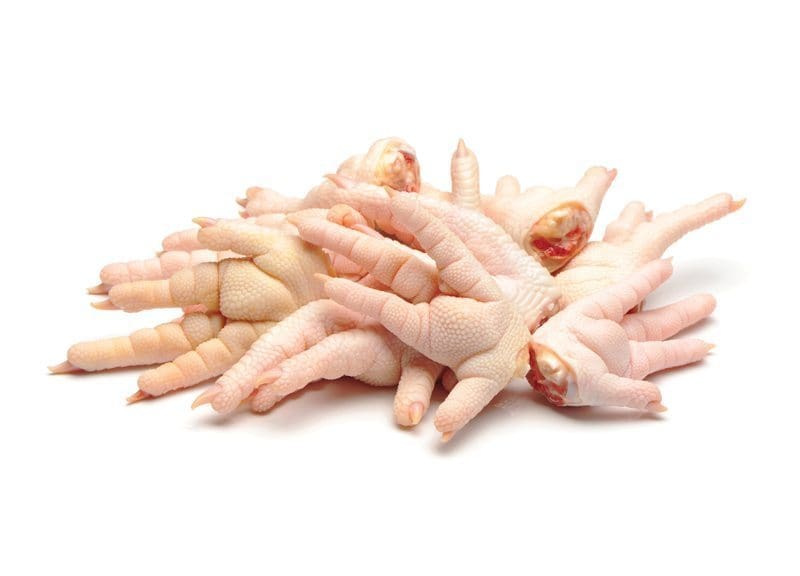
Chicken/Duck Paws

Young Rabbits
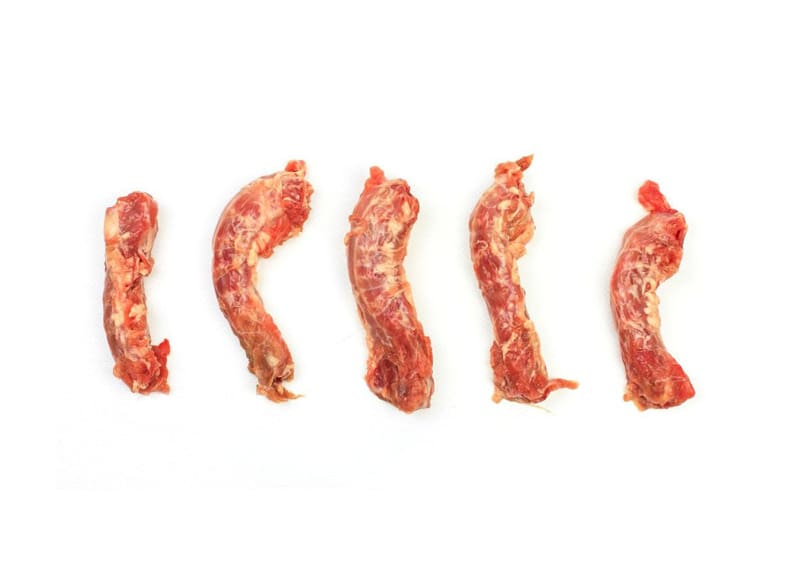
Chicken Necks

Quail
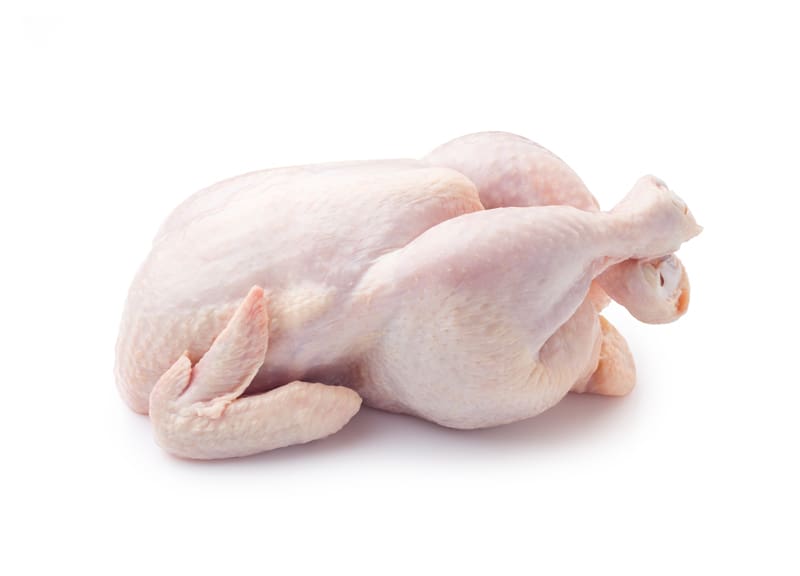
Cornish Hen
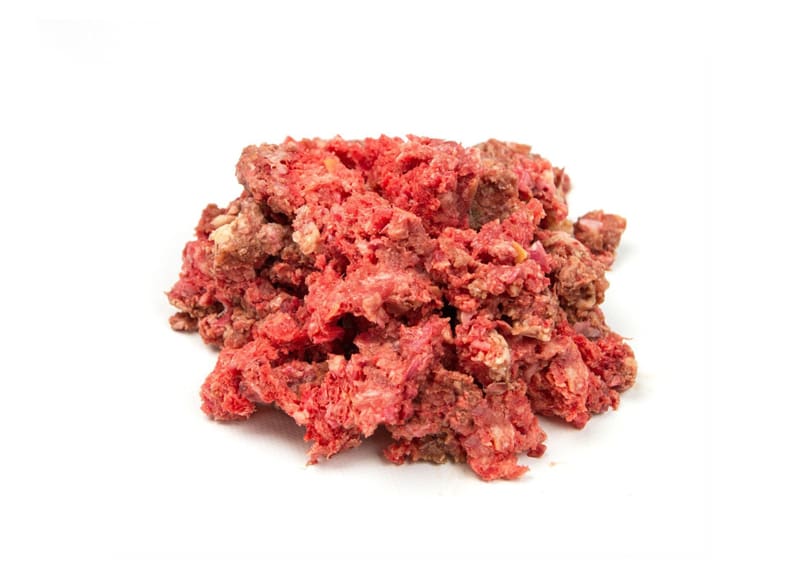
Ground Bones
Calcium & Calorie Considerations
Not all raw meaty bones will provide the necessary calcium for kittens without overdoing calories. It is important to consider the calcium content of raw meaty bones. This is due to the amount of meat and fat on the bone. These raw meaty bones will often need to be paired with “bonier” options or bone meal powder.
Calcium Content of Meaty Bones
The USDA Food Database provides nutritional data on the muscle meat, skin, and fat of raw meaty bones. It does not provide the nutritional data on the vitamin and mineral content found within the actual bones. The nutritional data on the mineral content of some raw meaty bones can be found in Monica Segal’s K9 Kitchen.
Bones with Higher Amounts of Calcium
Chicken or Duck Feet
Chicken or Duck Necks
Chicken or Rabbit Ribs
Chicken, Duck or Rabbit Heads
Bones That Should Be Paired with an Alternative Bone Source
Cornish Hen
Whole Quail
Rabbit
Chicken or Duck Wing Tips
Raw Chicken Necks
Skinless chicken necks provide a soft edible bone gentle enough for some young kittens to crush and consume. Duck necks are another raw meaty bone that is comparable to raw chicken necks. Duck necks are also appropriate for larger kittens and adult cats. The nutritional content will vary between these different raw meaty bones.

The USDA Food Database provides nutritional data on chicken neck muscle meat and fat. It does not provide the nutritional data on the vitamin and mineral content found within chicken neck bones. However, according to the USDA chicken necks are 36% bone which can be used as a guide when formulating a diet for kitten or adult cats.
Nutritional Breakdown
The USDA provides nutritional information on chicken necks with and without the skin. While the USDA data does not include the nutrient content found in chicken neck bones, the nutritional data on the bone’s mineral content can be found in Monica Segal’s K9 Kitchen book.
Ingredient Ratios
The ratios of meat, bone, skin, and fat are based on 3.5oz (100g).
| Meat | 25% |
| Bone | 39% |
| Skin | 36% |
| Fat | 0% |
Macro Nutrients
The amount of calories, protein, fat, and carbs are based on 1oz (28g).
| Calories | 43kcal |
| Protein | 17.5% |
| Fat | 8.8% |
| Carbs | 0% |
Top Nutrients
The top nutrients are based on 3.5oz (100g) and NRC recommended allowances for a 1000kcal diet for puppies 14 weeks to 12 months old.
| Niacin (B3) | 4.1 mg = 95% RA |
| Pyridoxine (B6) | 0.3 mg = 76% RA |
| Magnesium | 17 mg = 39% RA |
| Calcium | 1.2 g = 37% RA |
Bone Variety
It is not recommended to rely solely on raw necks as the only raw meaty bone source. Residual thyroid hormones may still be present in the neck muscle tissue, gullet, or trachea. Over feeding thyroid hormones can result in dietary hyperthyroidism. Therefore, rotating different raw meaty bones is ideal.
Cornish Hen
Raw cornish game hens are a smaller species of chicken which provide smaller bones suitable for cats and kittens. The USDA Food Database provides nutritional data on cornish hen muscle meat, skin, and fat. It does not provide the nutritional data on the vitamin and mineral content found within cornish hen bones. Although the nutritional data on the amount of calcium and phosphorus within cornish hen bones is unavailable, the data on chicken bones can be used as a guide to calculating an estimate on the mineral content within cornish hen bones.

The USDA Food Database provides nutritional data on cornish hen muscle meat, skin, and fat. It does not provide the nutritional data on the vitamin and mineral content found within cornish hen bones. However, according to the USDA cornish game hens are 39% bone. This can be used as a guide when formulating a diet for kittens and adult cats.
Nutritional Breakdown
The nutritional information available on cornish hen reflects the entire bird without feathers, internal organs, head, feet, or bones. Individual parts from cornish hen will have varying nutrients.
Ingredient Ratios
The ratios of meat, bone, skin, and fat are based on 3.5oz (100g).
| Meat | 43% |
| Bone | 39% |
| Skin | 13% |
| Fat | 5% |
Macro Nutrients
The amount of calories, protein, fat, and carbs are based on 1oz (28g).
| Calories | 57kcal |
| Protein | 17% |
| Fat | 14% |
| Carbs | 0% |
Top Nutrients
The top nutrients are based on 3.5oz (100g) and NRC recommended allowances for a 1000kcal diet for puppies 14 weeks to 12 months old.
| Niacin (B3) | 5.7 mg = 132% RA |
| Pyridoxine (B6) | 0.29 mg = 77% RA |
| Potassium | 236 mg = 21% RA |
| Magnesium | 18 mg = 17% RA |
Nutritional Data
The primary reason for feeding cornish hen is for the mineral content in the bone. Although the nutritional data on the amount of calcium and phosphorous within cornish hen bones is unavailable, the data on chicken bones can be used as a guide to calculating an estimate on the mineral content within cornish hen bones.
Ground Raw Meaty Bones Are Acceptable
Very young and small kittens may not physically be capable of crushing and consuming even the smaller raw meaty bones. It is also common for adult cats raised on commercial pet food to refuse to eat whole meaty bones when transitioned to a raw diet. Therefore, in many cases it is necessary to use an alternative to whole meaty bones for cats and kittens.
Ground bones are a suitable replacement for feeding whole bones.Ground raw meaty bones can provide essential calcium and phosphorus to developing kittens when whole bones are not fed. Additionally, ground bones can provide a wider variety of larger meaty bones such as turkey necks to cats and kittens who would not physically be able to consume the intact bone. Ground meaty bones can be sourced from many online raw food suppliers or ground at home using a heavy duty meat grinder.
Supplement Alternatives
A supplement that provides both calcium and phosphorus is required for kittens if whole or ground raw meaty bones are not fed. Bone meal powder provides the essential calcium and phosphorus that kittens need for optimal growth. The amount of calcium and phosphorus available in bone meal will depend on the individual brand – always review the label for the nutritional analysis. Some recommended bone meal options include:
It is important to select a bone meal supplement over a calcium only supplement for kittens. This is due to their higher need for phosphorus in addition to their higher need for calcium.
Calcium carbonate supplements and egg shell powder will only provide calcium and nothing more. Therefore, these calcium sources are not an appropriate choice for kittens but can be used for adult cats. Considering the prevalence of renal problems in older cats, these calcium options are often beneficial to use in place of bone or bone meal for older adult cats. Some recommended calcium options for adult cats include:
Homemade Eggshell Powder
CLOSING COMMENTS
It is recommended to feed 17% edible bone to growing kittens and 6% bone to adult cats. Overall, young kittens should have soft bones, ground bones, or bone meal powder while their jaw strength develops.
Once jaw strength is developed, meaty bones from chicken, duck or rabbit are good options until all kitten teeth are replaced by adult teeth. At six months old, a kitten should have nearly all of its adult teeth and larger meaty bones can be fed.
Ground raw meaty bones or bone meal powder can be used if whole raw meaty bones are not fed. It is important to use bone meal for growing kittens rather than a calcium supplement. As a calcium supplement does not provide enough phosphorus for a kitten’s nutritional requirements. However, both bone meal or calcium supplements can be used to replace meaty bones for adult cats.


